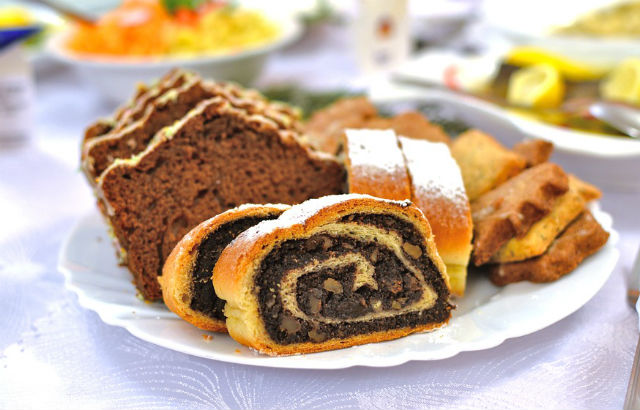The study found that 97 per cent of cakes and 74 per cent of biscuits received a ‘red’ (high) label for sugar content.
Graham MacGregor, co-author of the study and Professor of Cardiovascular Medicine at Barts and The London School of Medicine and Dentistry said: “Large amounts of cakes and biscuits are consumed in the UK so a reduction in the amount of sugar and calorie content could play an important role in helping prevent obesity and tooth decay.
“The majority of the food and drink industry in the UK have asked the government for a more robust and mandatory programme of reformulation. It is a tragedy for our children that this has not been done.”
Industry-compliance lacking?
In 2016, the government’s sugar-reduction programme was launched, where food and drink companies were asked to reduce sugar in their products by 20 per cent by 2020.
Manufacturers can choose to achieve the 20 per cent reduction in a number of ways: by reformulating their products (without increasing overall calories), reducing portion size or promoting their lower-sugar products.
Data from a recently published report by Public Health England shows many cake and biscuit manufacturers are failing to reformulate and reduce the amount of sugar sold in their products. For example, Lotus Bakeries increased sugar sold on average in their biscuits by 3.7 per cent.
In contrast, some companies made substantial reductions in the amount of sugar sold through cakes, exceeding the 5 per cent target including Asda (-22.9 per cent decrease) and Waitrose (-27.0 per cent decrease).
Kawther Hashem, co-author of the study and Nutritionist at the Wolfson Institute of Preventive Medicine said: “This research clearly shows the levels of sugar and calories in products can be reduced since there was a large variation in sugar and calorie content within the same category of cakes and biscuits yet worryingly not all manufacturers are complying.
“If some manufacturers can produce chocolate cake bars with 22 per cent fewer calories per 100 g, so can others.”
Varied sugar content in cakes and biscuits
The average sugar content in cakes was 36.6g/100g coupled with a large variation in sugar content between different categories of cakes.
On average, Battenberg (56.4g/100g) contained the highest amounts of sugar, while blueberry muffins (24.6g/100g) contained the lowest amount of sugar.
The study also found there was a large variation within the same category of cake, for example among Victoria sponge or similar cakes, ranging from 23.4 to 59.2g/100g. This variation demonstrates that reformulation is possible.
Similar to sugar, there was also a large variation in energy/calorie content between different categories of cakes. Again, there were large variations within the same category of cakes.
The average sugar content in biscuits was 30.0g/100g as well as a large variation in sugar content between different categories of biscuits. On average, iced biscuits (43.5g/100 g) contained the highest amounts of sugar and shortbread biscuits (17.5g/100 g) contained the lowest.
Next steps
The research, published in the journal BMJ Open, provides a baseline data of the cakes and biscuits market in the UK for evaluation of the recently launched sugar-reduction programme.
